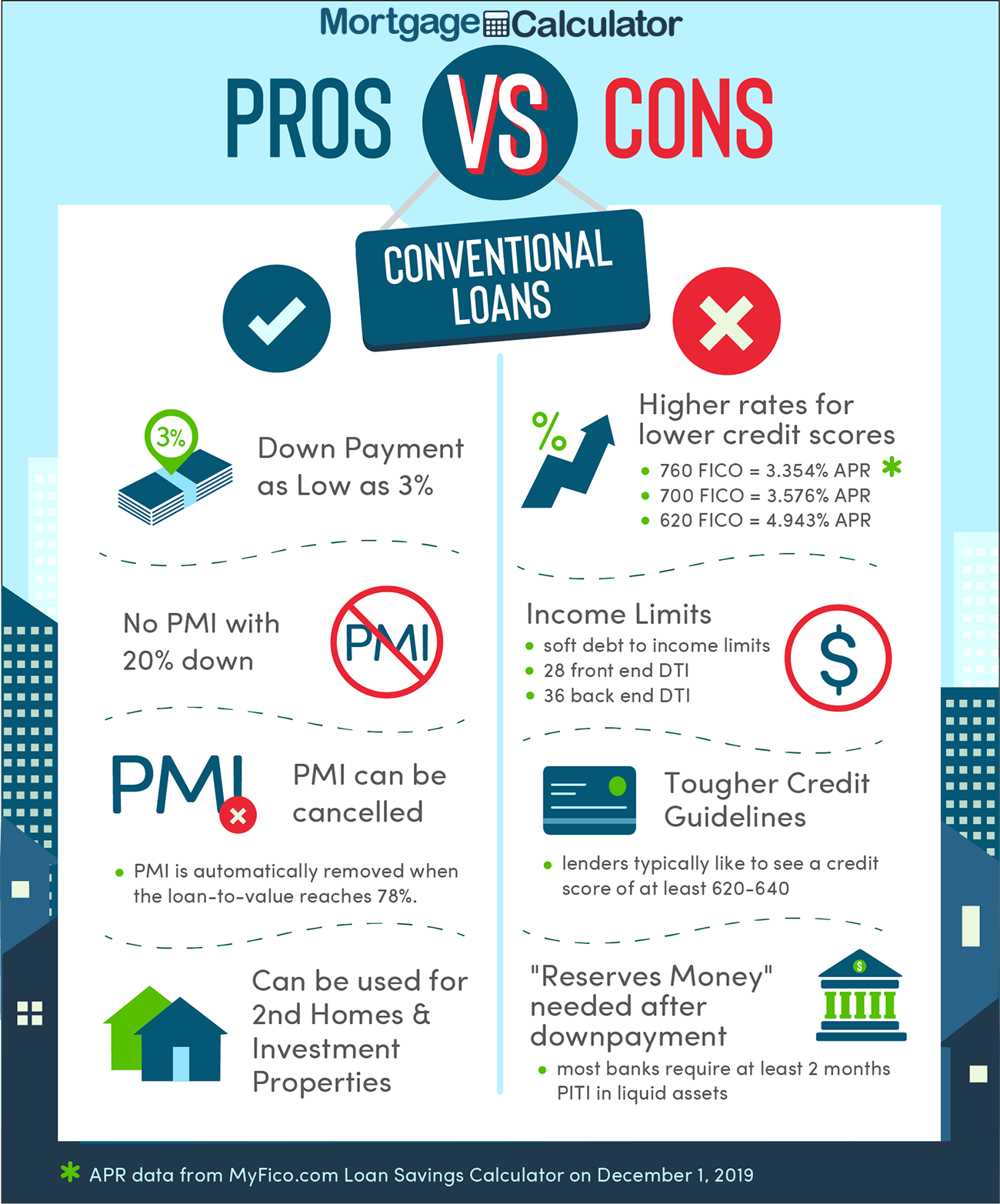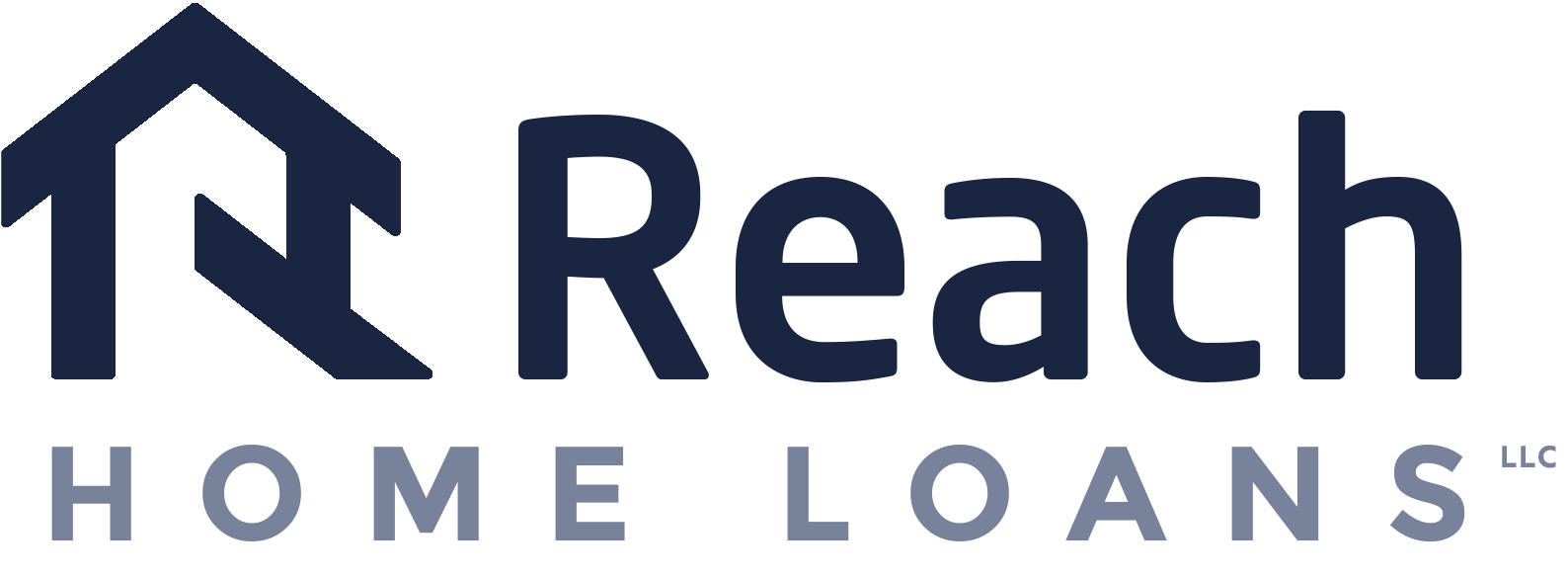Conventional Mortgage Loans: Your Overview to Standard Home Financing
Conventional Mortgage Loans: Your Overview to Standard Home Financing
Blog Article
The Crucial Elements to Take Into Consideration When Choosing In Between Fixed-Rate and Adjustable-Rate Home Loan Loans
When assessing home loan options, consumers encounter an essential choice between fixed-rate and adjustable-rate finances, each providing distinct benefits and potential pitfalls. Secret considerations such as interest price stability, predictability in month-to-month settlements, and the implications of potential rate adjustments can considerably impact lasting economic health and wellness.
Rate Of Interest Stability
When choosing a home loan, comprehending passion price security is vital for educated decision-making. Interest prices can substantially impact the general cost of a home loan, and recognizing the nature of these prices is necessary for customers. Fixed-rate home mortgages provide the benefit of consistent month-to-month settlements over the life of the funding, securing consumers from market changes. This security allows homeowners to plan their funds with higher certainty, as they will not be affected by climbing rates of interest.
On the various other hand, variable-rate mortgages (ARMs) start with lower initial rates that might transform occasionally based upon market problems. While this can lead to reduced payments initially, it also introduces unpredictability, as consumers might deal with raised payments if rate of interest increase. For those thinking about an ARM, it is crucial to assess the likelihood of price modifications, the possibility for settlement rises, and the length of the preliminary fixed-rate duration.
Eventually, the option in between adjustable-rate and fixed-rate home mortgages rests on specific threat tolerance and monetary circumstances. Understanding rate of interest security aids customers make notified decisions that line up with their long-lasting monetary goals.
Regular Monthly Settlement Predictability
While debtors commonly focus on rates of interest security, the predictability of regular monthly settlements is just as important in the home mortgage option process (Conventional mortgage loans). Month-to-month repayment predictability plays a critical function in budgeting and monetary preparation, as it straight impacts a home owner's capital and general economic wellness
Fixed-rate home loans offer a consistent monthly payment throughout the life of the lending, enabling consumers to anticipate and prepare their expenditures successfully. This security can be specifically beneficial for newbie homebuyers or those on a fixed revenue, as it eliminates the unpredictability connected with fluctuating settlements.
On the other hand, variable-rate mortgages (ARMs) typically include reduced first repayments that can alter with time, causing potential irregularity in month-to-month commitments. While initially appealing, this changability can make complex monetary preparation, particularly if consumers do not represent future rate adjustments.
Potential Price Changes
In the world of adjustable-rate home mortgages (ARMs), prospective rate adjustments stand for a considerable aspect that borrowers should carefully consider. Unlike fixed-rate home loans, where the rates of interest remains unchanged for the life of the lending, ARMs are defined by varying rate of interest that are connected to market indices. This variability can result in considerable modifications in regular monthly payments, impacting the debtor's monetary planning and budgeting.
Generally, ARMs have a first fixed-rate period throughout which the rates of interest is stable. Hereafter period, nonetheless, the price readjusts at predetermined periods-- typically yearly. Customers must know the margin and index used useful site to calculate these adjustments, as they directly affect future rates of interest. In addition, ARMs my latest blog post usually include caps that limit just how much the rates of interest can raise at each change and over the life of the finance, which can offer some level of defense against drastic price walks.
Recognizing these prospective changes is critical for borrowers, as they directly impact long-term repayment obligations. Analyzing individual economic scenarios and take the chance of tolerance is essential when choosing whether an ARM lines up with one's financial objectives.
Car Loan Term Factors To Consider
Car loan term factors to consider play a pivotal role in the decision-making procedure for consumers choosing in between fixed-rate and adjustable-rate home mortgages. The size of the car loan term dramatically impacts month-to-month repayments, passion prices, and overall financial preparation.

Inevitably, borrowers must evaluate their individual situations, economic objectives, and market problems when considering the effects of car loan term choices within each home mortgage type.

Total Cost of Borrowing
The overall expense of loaning is an important factor that can significantly affect a borrower's option in between fixed-rate and adjustable-rate home loans. Fixed-rate mortgages offer foreseeable month-to-month settlements, as the rate of interest remains constant throughout the loan term. This predictability can result in reduced total expenses, specifically in a steady or investigate this site decreasing rate of interest environment. Consumers can spending plan effectively, recognizing their payments will certainly not rise and fall.
Alternatively, adjustable-rate home loans (ARMs) typically start with lower initial prices, leading to decreased ahead of time prices. Nonetheless, these rates can enhance after a first duration, resulting in potentially greater lasting expenses. Consumers need to think about the regularity and extent of rate modifications, in addition to the total lending period, to accurately analyze the financial implications.
Furthermore, the total cost of borrowing incorporates not only rates of interest yet additionally costs and various other associated expenses, such as closing expenses and insurance coverage (Conventional mortgage loans). When reviewing home loan options, consumers need to conduct a comprehensive expense analysis over the life of the car loan. By doing so, they can make an enlightened choice that aligns with their economic objectives and run the risk of tolerance
Conclusion
Rate of interest rate security and month-to-month repayment predictability are paramount for efficient budgeting, while the possibility for price adjustments in ARMs introduces financial unpredictability. In addition, the awaited duration of homeownership and the total expense of borrowing, including interest prices and connected fees, must align with private financial scenarios and risk resistance.
Key factors to consider such as passion rate stability, predictability in regular monthly settlements, and the effects of potential price modifications can considerably affect long-term financial health and wellness. Passion prices can substantially impact the overall cost of a home mortgage, and identifying the nature of these rates is vital for consumers. Unlike fixed-rate home loans, where the interest price remains unchanged for the life of the lending, ARMs are identified by rising and fall passion rates that are connected to market indices. Furthermore, ARMs usually include caps that restrict how much the interest rate can enhance at each change and over the life of the funding, which can provide some level of security against radical price walkings.
Passion rate stability and monthly payment predictability are critical for reliable budgeting, while the capacity for rate modifications in ARMs introduces economic uncertainty.
Report this page